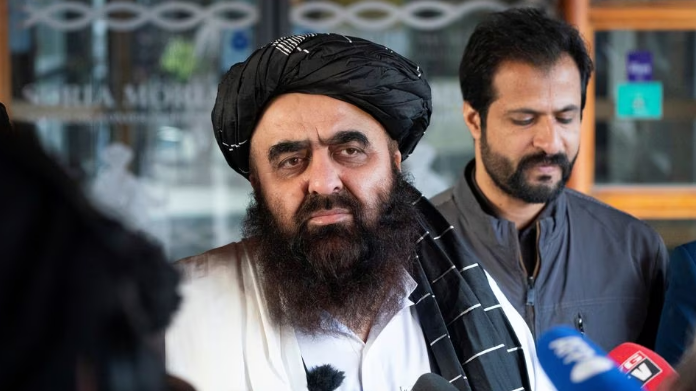In a world defined by conflict and uncertainty, the plight of Afghanistan stands out as one of the most complex and tragic narratives of our time. The nation has endured decades of war, corruption, and the resurgence of oppressive policies under the rule of the Taliban. However, amidst this turmoil, a glimmer of hope emerged as high-level discussions between US officials and Taliban leaders took place in Doha, marking the first face-to-face meeting since the group regained power in 2021. As the world watches with bated breath, the question arises: will these talks bring hope to the Afghan people, or are they just empty promises destined to perpetuate their suffering?
The talks between US officials and Taliban leaders offer a potential pathway to address Afghanistan’s pressing issues, from economic stability to human rights concerns, but skepticism remains high given the history of broken promises and oppressive policies implemented by the group.
While dialogue between the US and the Taliban may offer a glimmer of hope, history has shown that the group’s actions speak louder than words. The re-emergence of oppressive policies, the humanitarian crisis, and the lack of recognition from other countries paint a bleak picture for the Afghan people’s future, casting doubt on the effectiveness of these talks.
The Unfolding Talks: A Step Towards Progress or Perpetuating Empty Promises?
As the two-day talks in Qatar’s capital focused on critical issues such as the economy, human rights, and narcotics trafficking, both parties appeared keen on finding common ground. The discussions touched on confidence-building measures, including the lifting of sanctions and travel bans, as well as the return of Afghan central bank assets held abroad. The US delegation also voiced concerns about the deteriorating state of human rights in Afghanistan and urged the Taliban to reverse restrictions on women’s education and employment.
It is heartening to see international pressure being exerted on the Taliban to address issues of grave concern, such as media crackdowns and limitations on religious practices. Furthermore, the group’s willingness to engage in a dialogue on counter-narcotics indicates a possible shift away from funding their activities through the illicit drug trade. These initial steps demonstrate that the talks might have the potential to pave the way for progress.
Yet, skepticism remains pervasive, fueled by the Taliban’s track record of broken promises and the ongoing suffering of the Afghan people. Despite assurances not to revert to oppressive policies, the group swiftly re-imposed restrictions on women’s rights, dealing a devastating blow to gender equality and the hopes of millions of Afghan women. The humanitarian crisis looms large, with the majority of the population living in poverty and most aid organizations suspending operations. The lack of formal recognition from other countries further isolates the Taliban and raises doubts about the legitimacy of these talks.
The Economic Aspect: A Ray of Hope Amidst Crisis?
Economic stability is crucial for Afghanistan’s future, and the US has expressed its openness to technical talks on this front. The recent decline in inflation, as well as rising exports and imports, indicates some positive developments in the country. The Taliban’s ban on opium cultivation, which had long been a significant source of funding for their insurgency, is a step towards countering the drug trade and fostering economic growth.
However, the elephant in the room remains the freezing of Afghan central bank assets by the US. With around $7 billion held in the Federal Reserve Bank of New York, the funds are vital for the country’s reconstruction and development. While half of the assets have been relocated to a Swiss-based Afghan Fund, the US-funded audit to return the assets from the trust fund failed to garner Washington’s support. This financial deadlock poses a significant obstacle to economic stability in Afghanistan, and the outcome of these talks will determine whether the nation can overcome this challenge.
The talks between US officials and Taliban leaders represent both hope and skepticism for Afghanistan’s future. While the dialogue offers a glimmer of potential progress on critical issues such as human rights and counter-narcotics, the Taliban’s track record raises doubts about the group’s willingness to uphold their commitments. The nation’s economic stability hangs in the balance, with frozen central bank assets and a humanitarian crisis that demands urgent attention.
As the world watches closely, the hopes of the Afghan people rest on the outcome of these discussions. The path ahead is uncertain, but there is no denying the importance of finding a viable solution that brings lasting peace, stability, and prosperity to Afghanistan. Only time will tell if these talks will be a turning point in the nation’s history or just another chapter in a long and tragic tale of suffering.
















